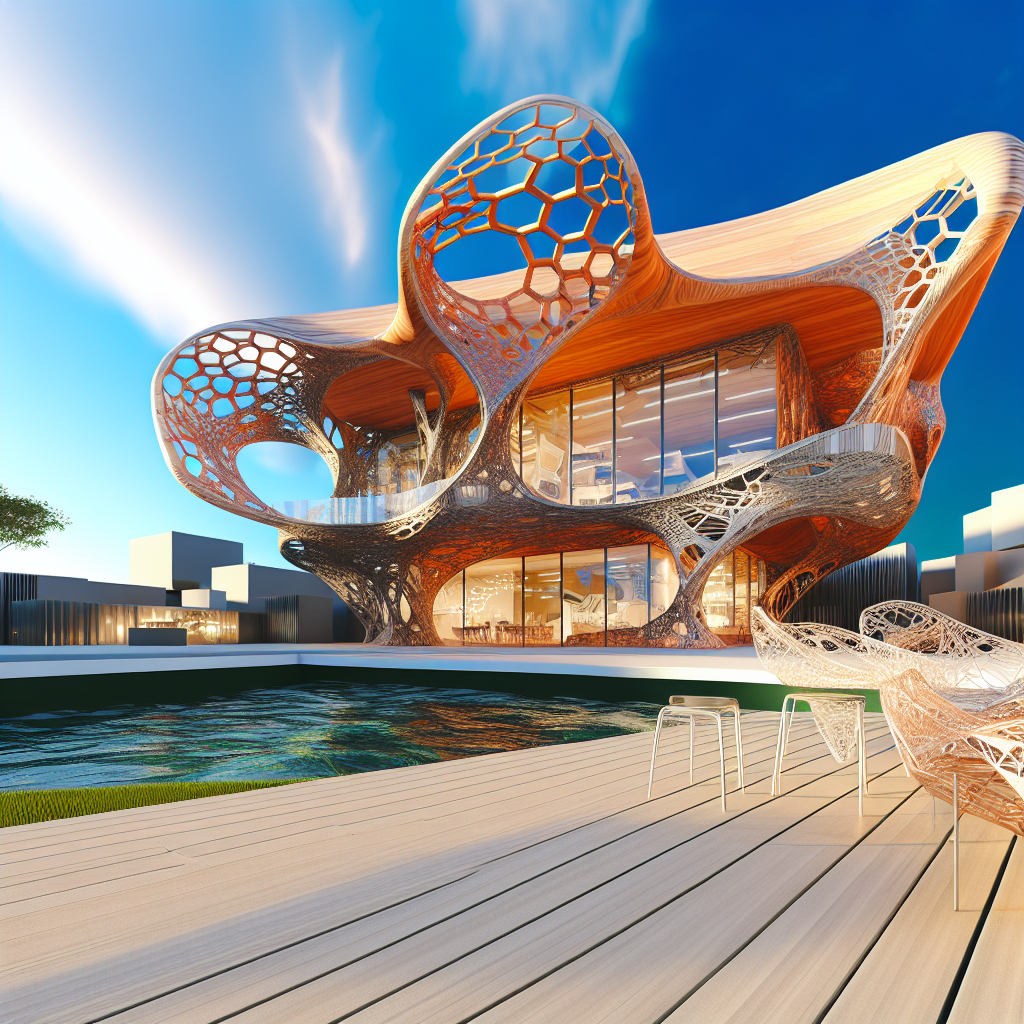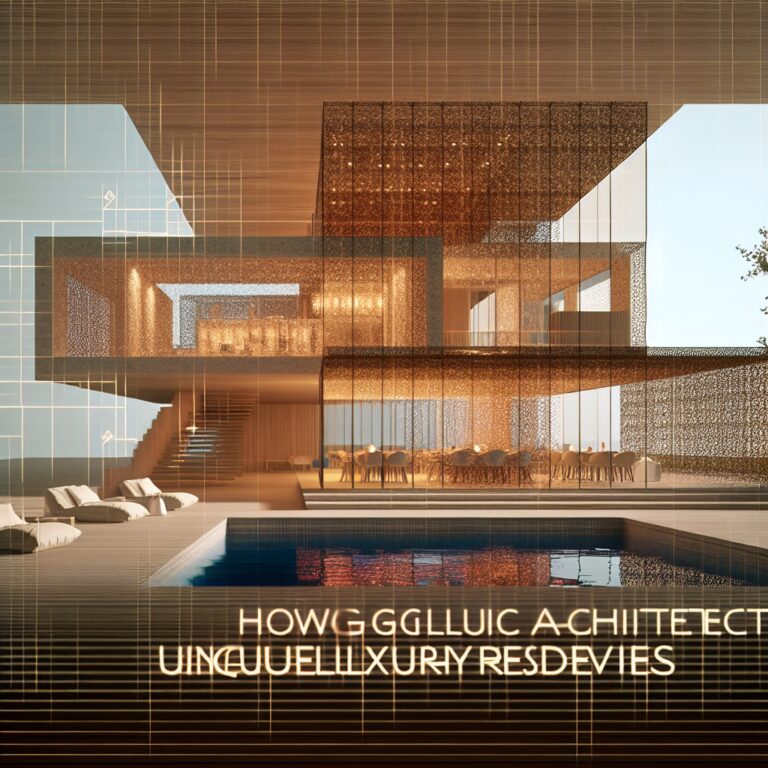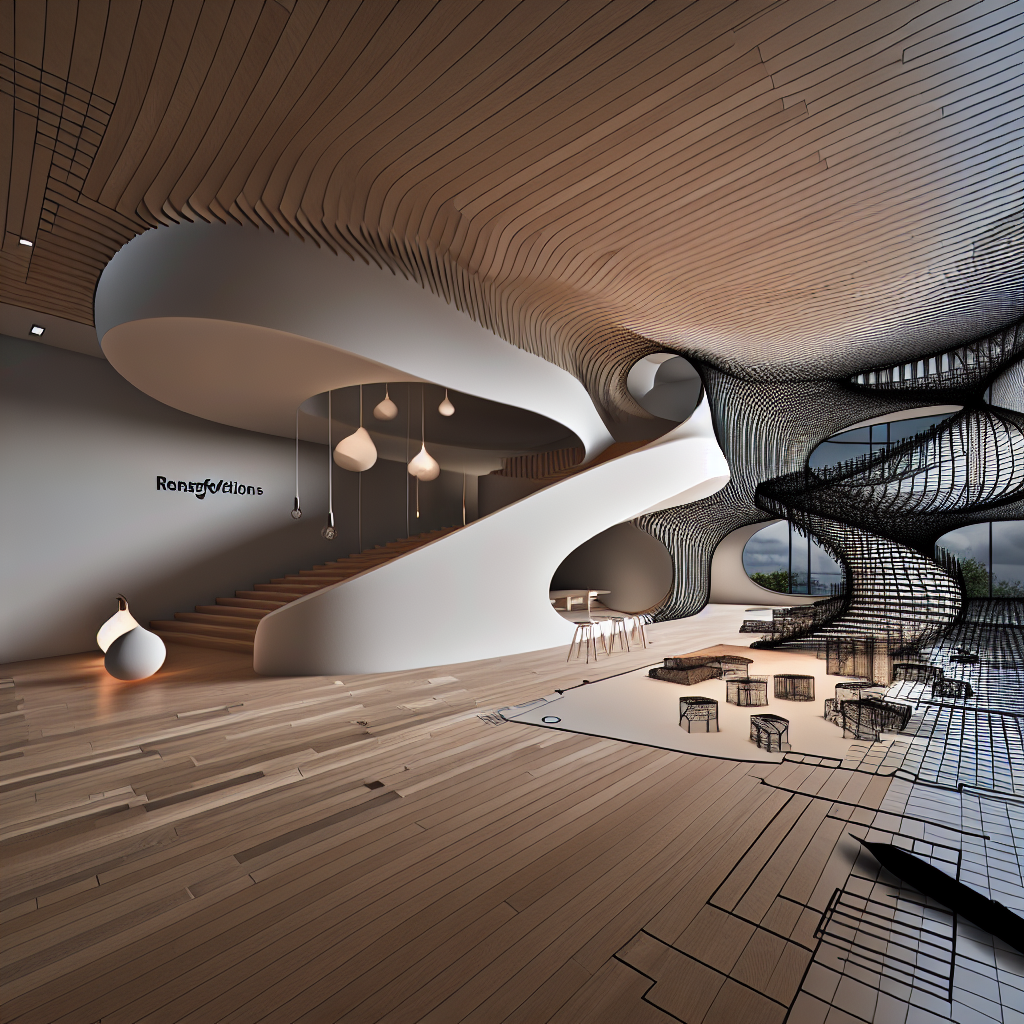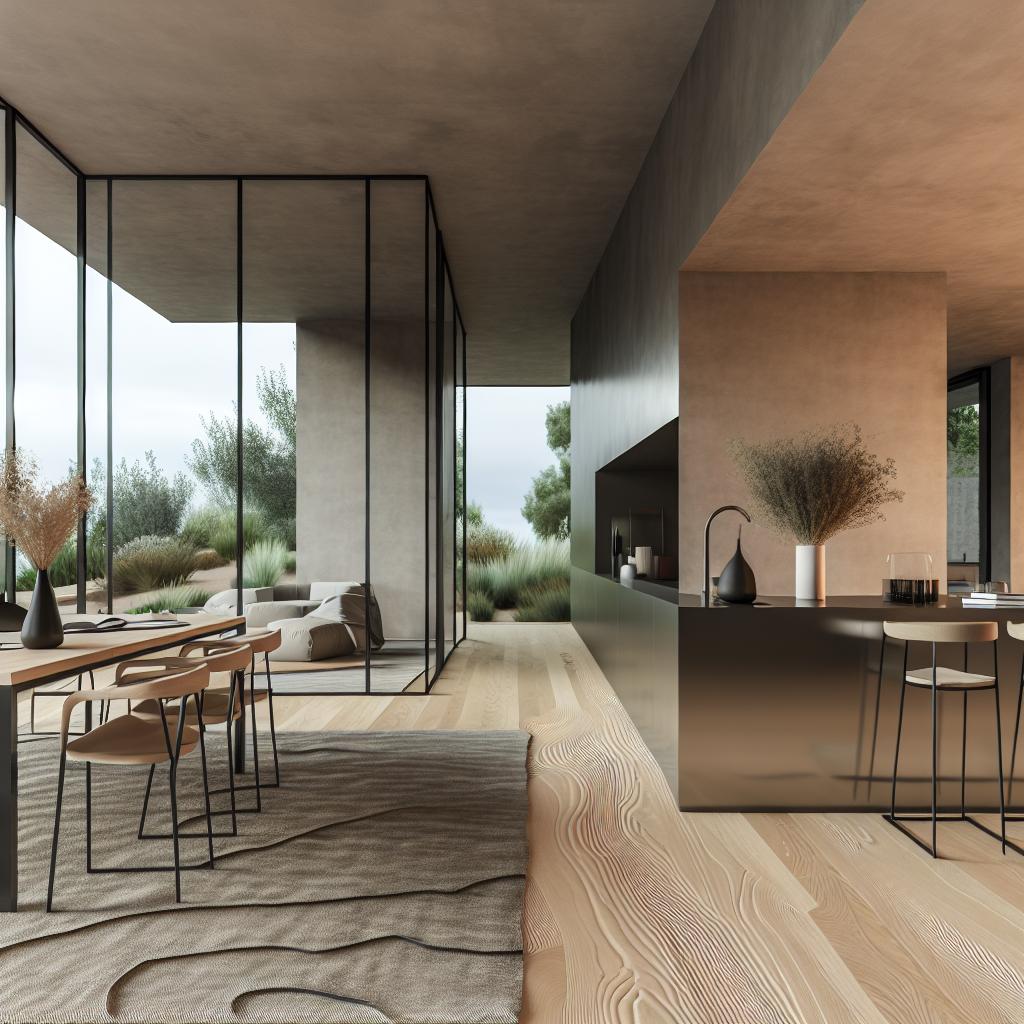Imagine living in a home that feels as unique as your fingerprint—where every curve, angle, and space has been precisely calculated to reflect your lifestyle while pushing the boundaries of what architecture can achieve. In today’s luxury real estate landscape, a revolutionary approach is transforming how we conceptualize exclusive residences. By harnessing the power of algorithmic design, architects are creating homes that seamlessly blend mathematical precision with artistic vision, resulting in spaces that feel both intimately personal and boldly innovative. This sophisticated marriage of computation and creativity is redefining what we expect from high-end residential architecture, creating living environments that respond to their surroundings, anticipate their inhabitants’ needs, and stand as distinctive works of art in their own right.
*Where mathematics meets luxury, algorithms become the new architects of unprecedented residential masterpieces.*When I first stepped into the residence, I wasn’t prepared for the profound sensory experience. The ceiling seemed to breathe with organic movement, the façade filtered sunlight in ways that defied conventional architecture, and custom furnishings curved with impossible precision. This wasn’t just a luxury home—it was a mathematical symphony made tangible.
*Where computational design meets artistic vision, algorithms transform living spaces into personalized masterpieces of form and function.*
The Evolution of Architectural Design: From Manual to Algorithmic
Architecture has always balanced artistic expression with technical execution, but today’s most innovative living spaces leverage an entirely new paradigm: algorithmic architecture. Unlike traditional design approaches that rely primarily on the architect’s intuition and manual drafting, algorithmic architecture employs computational power to explore countless design variations while maintaining precise control over every element.
This revolutionary approach is transforming luxury residential design through what experts call parametric modeling—a process where relationships between elements are manipulated through algorithms rather than fixed dimensions. Studios like Soga Design Studio have pioneered these innovative parametric design solutions that transform ordinary spaces into extraordinary experiences, creating homes that respond to their inhabitants’ needs with unprecedented specificity.
Breaking Free from Conventional Constraints
For decades, rectangular forms and right angles dominated residential architecture due to practical limitations in construction techniques and materials. Algorithmic design shatters these constraints. Through computational expertise, firms like Soga create bespoke parametric facades, ceilings, and furniture that redefine architectural possibilities.
Consider a recent coastal luxury residence where traditional methods would have demanded compromise between structural integrity and the client’s desire for a fluid, wave-inspired façade. Using algorithmic processes, designers created a mathematically precise exterior that not only mimics oceanic movement but also:
- Optimizes natural ventilation through precisely calculated openings
- Maximizes desired views while minimizing solar heat gain
- Creates ever-changing shadow patterns throughout the day
- Maintains structural strength while using minimal materials
Each Soga installation and sculpture represents a perfect marriage of artistic vision and technical precision—a balance that would be virtually impossible to achieve through conventional methods alone.
The Science Behind Algorithmic Architecture
At its core, algorithmic architecture transforms design from a static process into a dynamic system. Rather than drafting a single solution, designers define relationships and parameters, allowing computers to generate countless iterations for evaluation.
Parametric Design: The Revolution of Variables
Traditional architectural drawings specify exact measurements—a wall precisely 15 feet long or a window exactly 4 feet wide. Parametric design instead establishes rules and relationships: a window whose size adjusts automatically based on room dimensions, solar orientation, and desired natural light levels.
Soga’s parametric approach allows them to solve complex design challenges while delivering aesthetically striking results. When tasked with creating a feature wall for a luxury penthouse, their process might involve:
1. Establishing basic parameters (dimensions, materials, lighting conditions)
2. Defining aesthetic goals (visual texture, emotional response)
3. Programming environmental responses (acoustics, light filtration)
4. Running thousands of computational iterations
5. Selecting and refining optimal solutions
6. Translating digital precision to physical reality
The result? Interior features that perform as beautifully as they look—absorbing sound in conversation areas, directing natural light to artwork, or creating temperature moderation through calculated porosity.
Form Finding vs. Form Making
Traditional architecture often imposes form onto space. Algorithmic architecture instead discovers optimal forms through computational exploration. This “form-finding” process resembles natural evolution, where optimal solutions emerge through iterative testing against environmental factors.
Imagine a custom ceiling installation where Soga Design Studio employs form-finding algorithms to discover the ideal configuration that balances:
- Visual drama and aesthetic coherence
- Acoustic performance for ideal speech intelligibility
- Integration of lighting systems without visible fixtures
- Structural efficiency with minimal support requirements
Their meticulous craftsmanship elevates interior and exterior spaces to achieve a distinctly luxurious atmosphere that feels both cutting-edge and timeless.
Materiality and Fabrication: From Digital to Physical
The brilliance of algorithmic architecture extends beyond design into fabrication. Today’s computational tools create a seamless connection between digital models and physical construction through advanced manufacturing processes.
Digital Fabrication: Precision Made Possible
Traditional construction often involves significant on-site adaptation and compromise. With algorithmic architecture, digital fabrication techniques translate computational precision directly into physical components. For luxury residences, this means:
- CNC milling of complex geometries with submillimeter accuracy
- Robotic assembly of components too intricate for manual construction
- 3D printing of bespoke elements that would be impossible to create otherwise
- Laser cutting of materials with perfect edge conditions and zero waste
These fabrication methods allow Soga Design Studio to execute designs of breathtaking complexity—parametric room dividers with thousands of unique components, undulating ceiling systems that seem to defy gravity, or façade elements that create precisely calibrated lighting effects.
The Personal Dimension: Algorithmic Yet Deeply Human
Perhaps counterintuitively, algorithmic architecture often creates more deeply personalized spaces than traditional methods. By responding to precise data about inhabitants’ preferences, needs, and behaviors, these homes achieve a level of customization previously unimaginable.
Data-Driven Design Decisions
Modern algorithmic architecture often begins with extensive data collection about the client. How do they move through space? What are their sensory preferences? How do they entertain? This information becomes design parameters that guide algorithmic exploration toward solutions uniquely suited to the individual.
A recent Soga residence for a client with synesthesia (who perceives sounds as shapes and colors) demonstrates this approach. Algorithms translated the client’s favorite musical compositions into three-dimensional geometries for interior surfaces, creating a home that literally embodies their unique sensory experience.
Adaptability and Evolution
Unlike static architecture, algorithmically designed spaces can incorporate adaptability. Some luxury residences now feature:
- Façade elements that adjust position based on weather conditions
- Interior surfaces that can reconfigure for different functions
- Lighting systems that evolve throughout the day following natural rhythms
- Acoustic properties that adjust based on occupancy and activities
Through computational expertise, Soga creates environments that respond intelligently to changing needs—spaces that feel almost alive in their responsiveness.
The Future of Luxury Living Spaces
As algorithmic architecture continues evolving, we’re witnessing the emergence of truly unique dwellings that balance avant-garde design with deeply personal customization. The next frontier includes:
- Biologically inspired algorithms that mimic natural growth patterns
- Materials with programmable properties that change over time
- Integration of predictive algorithms that anticipate inhabitants’ needs
- Zero-waste designs optimized for circular material economies
Studios like Soga Design Studio pioneer these innovations, creating residences that feel simultaneously cutting-edge and timeless. Their parametric approach allows them to solve complex design challenges while delivering aesthetically striking results that transform how we experience home.
For those fortunate enough to inhabit these algorithmic masterpieces, the experience transcends conventional luxury. These aren’t just impressive showcases of wealth—they’re deeply considered environments where every element has been optimized through computational intelligence and executed with impeccable craftsmanship. The result is architecture that doesn’t just house its inhabitants but elevates their daily experience through spaces that are as intellectually fascinating as they are emotionally resonant.Key Insights from the Blog:
Take Action Today:
Reflect on the “structures” in your life—what ceilings are limiting your vision? What walls could become stepping stones? Share your thoughts in the comments, or sketch a redesign of a space (physical or metaphorical) that inspires your next chapter. Every bold choice starts with reimagining the ordinary.
Let your environment reflect the limitless version of you. The world is waiting to see what you build. 🌟




